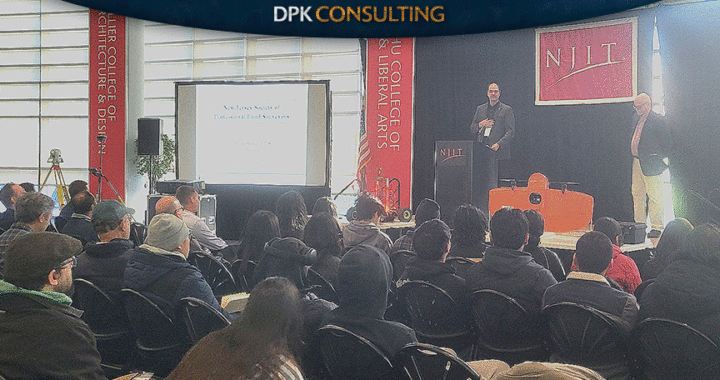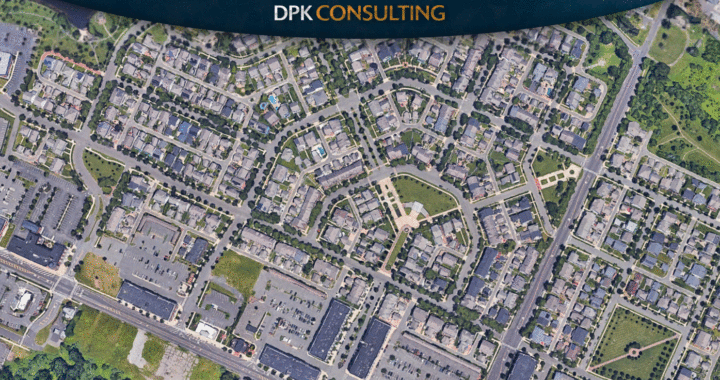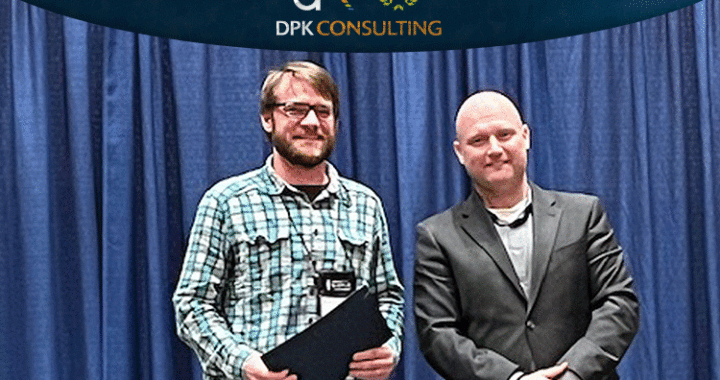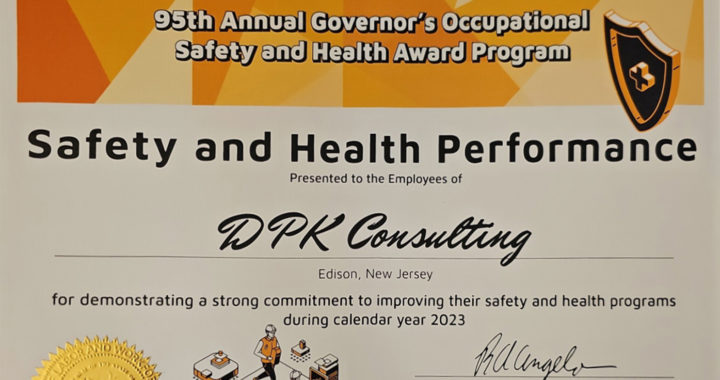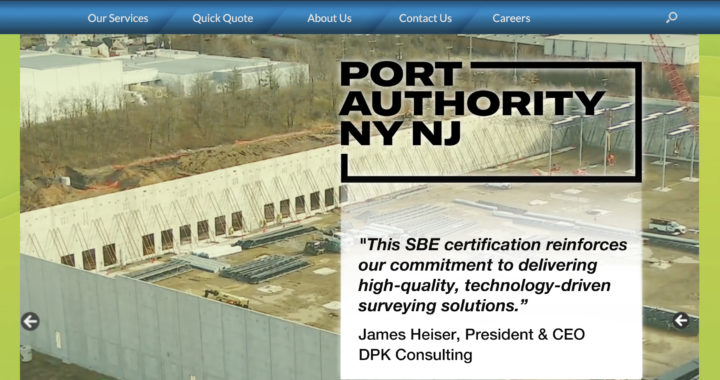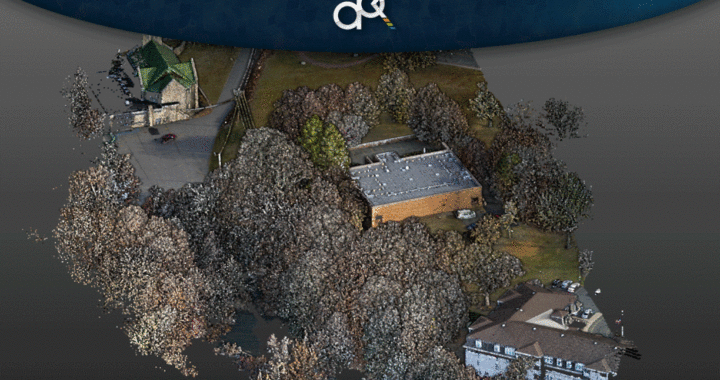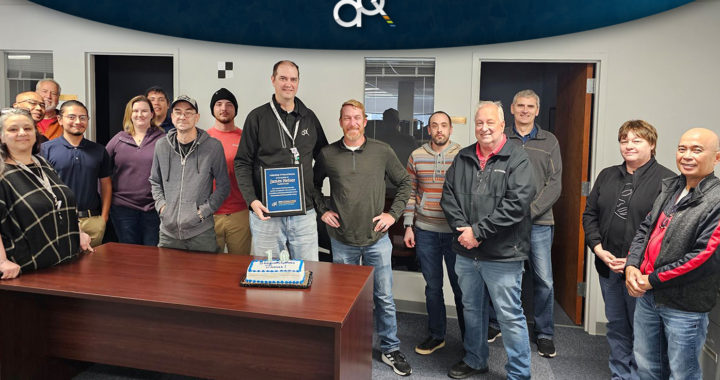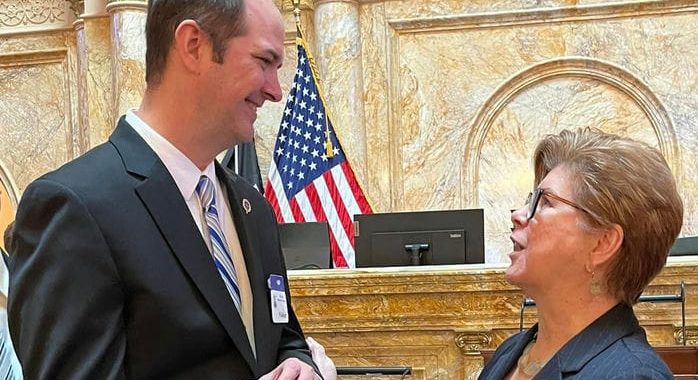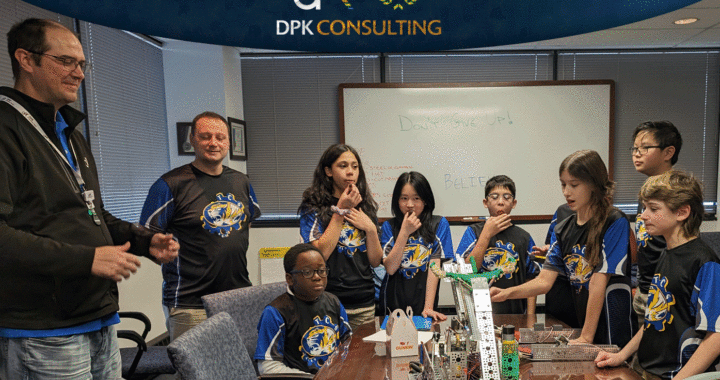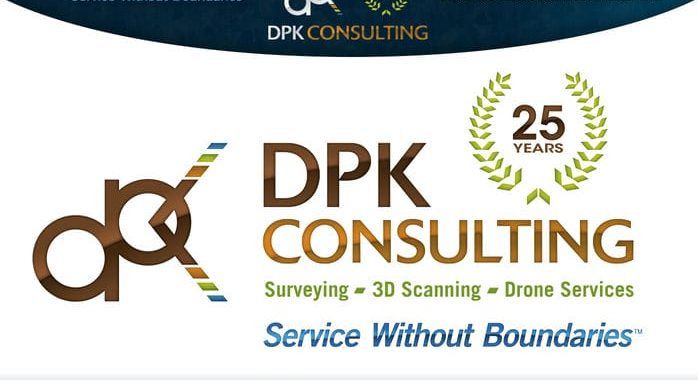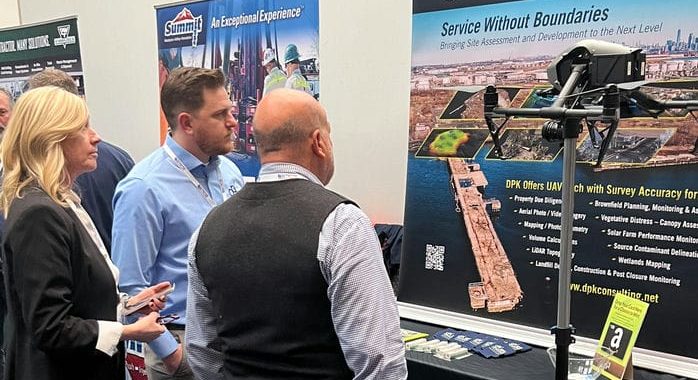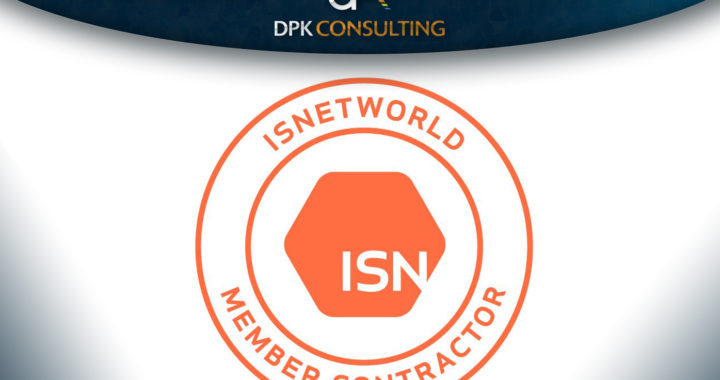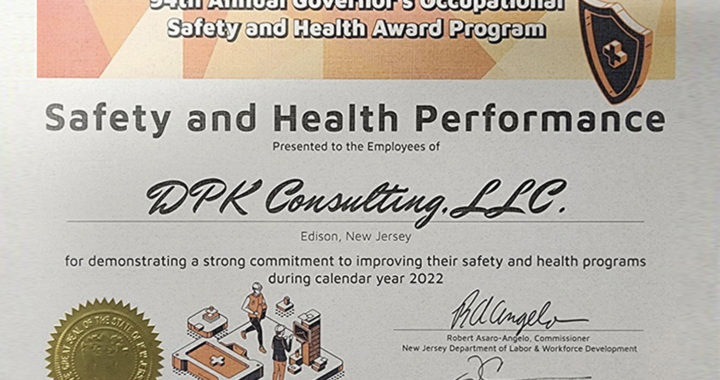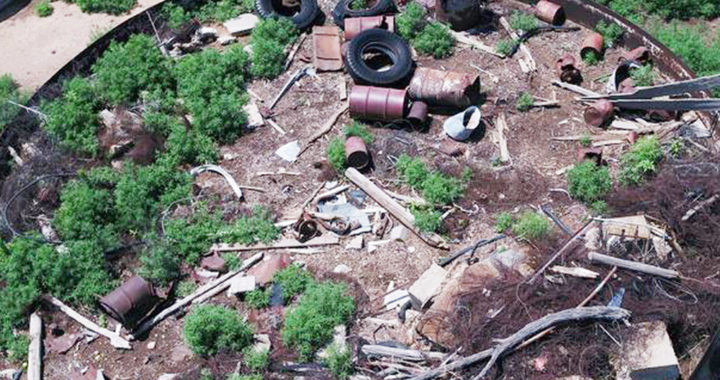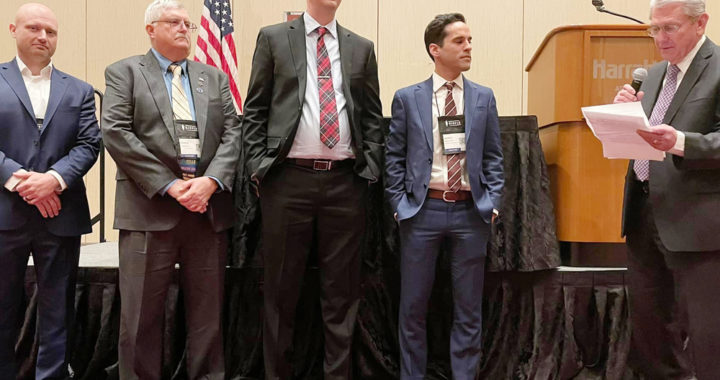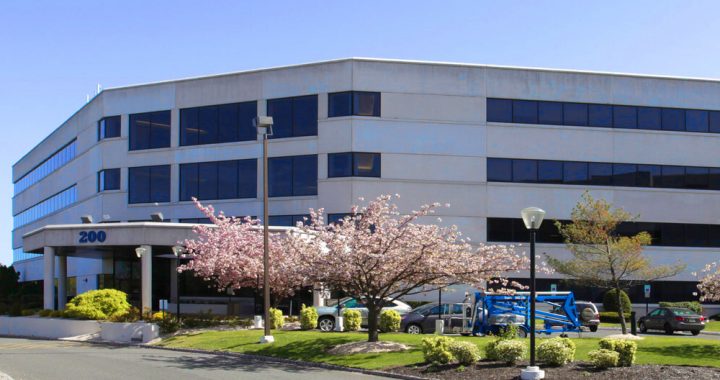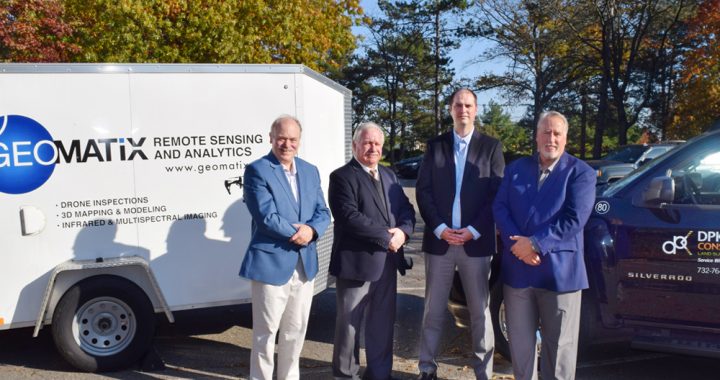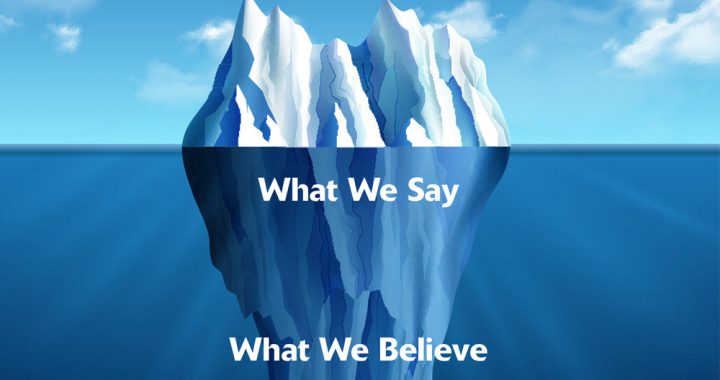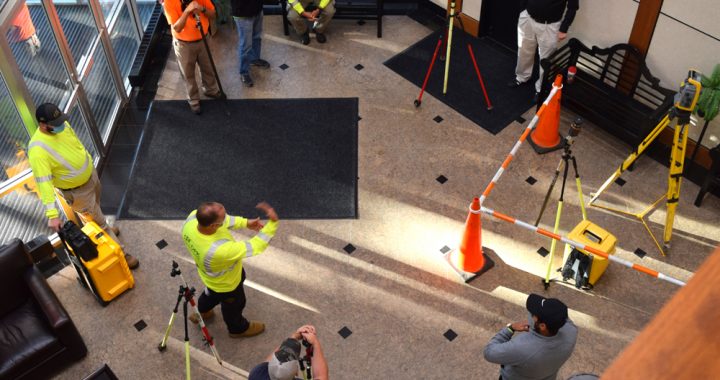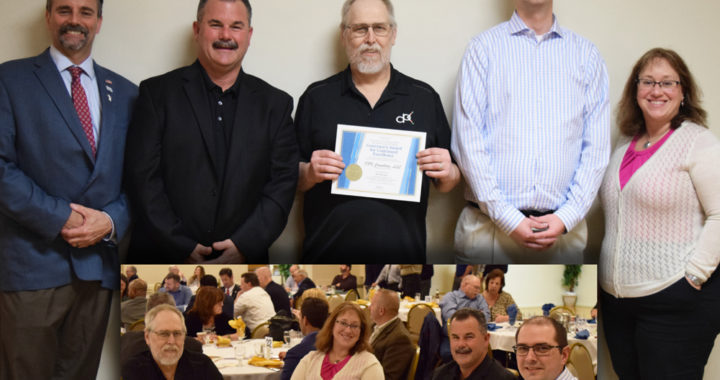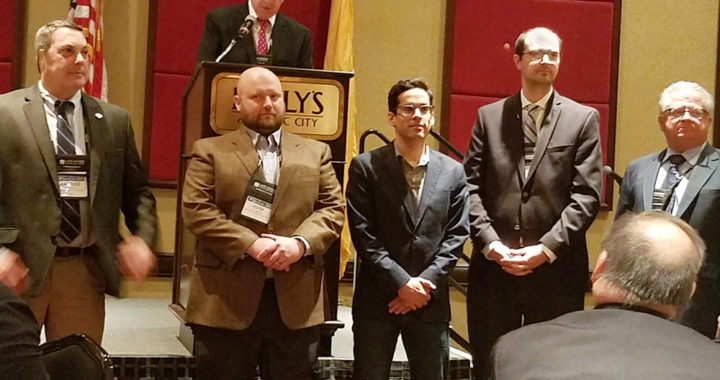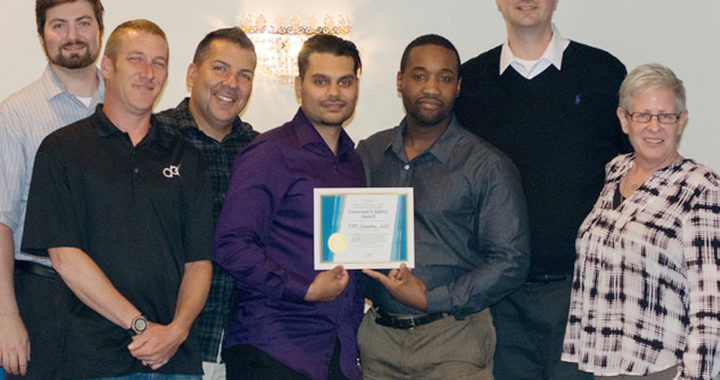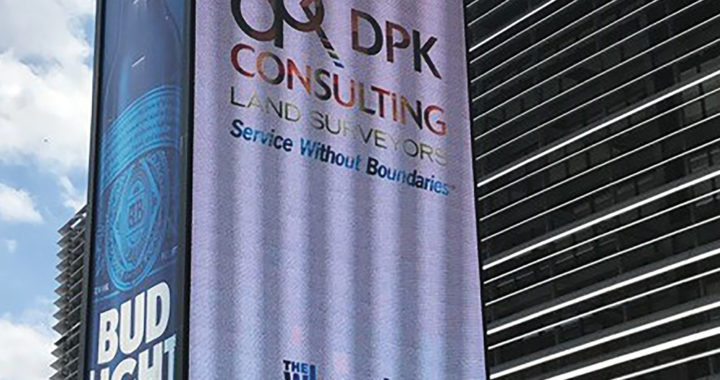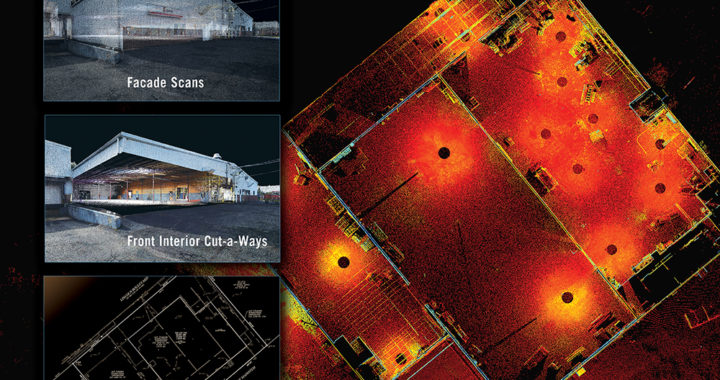“From Tidelands Surveys to Drone Topography—A Full-Service Partner from Planning to Final Stakeout.”
Client Challenge
A complex, high-profile development in Southern New Jersey required expert surveying and geospatial services—delivered in multiple phases—over nearly four years. The project demanded not only technical capabilities but also long-term commitment, flexibility, and insight into the broader development goals.
DPK’s Role
Starting in late 2020, DPK Consulting joined the professional team as the project survey. With its deep field team, internal CAD drafting expertise, and cutting-edge technologies like UAS surveying, DPK approached the project not as a task list, but as a strategic partner.
Leadership Insight:
“The trick on this large project was staying on top of the overall goals while being plugged in and out over a long period of time,” says James Heiser, President and CEO. “We always want to understand the ‘why’ behind the work. It adds depth, efficiency and ultimately better results. Think of it this way,” adds Mr. Heiser, The Tac Pal NAI Logistics Center was massive brownfield development project that created hundreds of jobs for the Palmyra community. It created open space, wetlands and shoreland restoration dramatically improving quality of life for people in this area. If that’s not enough motivation to pay attention and do great work, I’m not sure what is?”.
DPK Services Delivered
Over the course of the project, DPK provided nearly twenty distinct deliverables supporting various development phases, which included:
- Boundary Survey
- Topographic Survey
- Utility Survey
- ALTA/NSPS Land Title Survey
- NJDEP Tidelands Survey
- Tree Survey
- DOT Survey
- NJDOT General Property Parcel Map
- Offsite Sanitary Sewer As-builts
- Detailed Utility elevation As-builts for utility poles and wire heights
- Flood Hazard and Floodway Area Exhibits and Descriptions
- Proposed Easement Exhibits and Descriptions
- Wetlands Plan
- Major Subdivision Plan
- Wetlands/Eagle Buffer Line Stakeout
- Construction Layout Service and progress As-builts
- Billboard Access & Utility Easement Exhibit
- Final As-Built Drone Topography
- Final ALTA/NSPS Land Title Survey
Outcome
DPK’s disciplined operational process, reliable quality, and broad range of capabilities made them a standout contributor to the project’s success. Both the customer and their end client were highly satisfied with the results—an outcome made possible through collaboration, consistency, and clarity.
Why Choose DPK
Looking for a contractor that can deliver big results across multiple disciplines?
DPK Consulting brings unmatched integration of field services, CAD expertise, and advanced technologies such as UAS surveying and 3D scanning. Combined with strategic leadership and a deep understanding of project goals, DPK is the partner to rely on from project kickoff through final deliverables.
Put DPK Consulting on your Preferred Contractors List
Have a complex project? Submit your RFP 24/7 at https://dpkconsulting.net/quick-quote/
Have questions about us and our application of innovative technology? Call 732-764-0100 and ask for James Heiser or Ray Hyman.



